On April 19, 1971, the world’s first space station, Salyut 1 (DOS-1, also referred to in documents as “Product 17K” or No. 121) was launched into space by the Soviet Union.
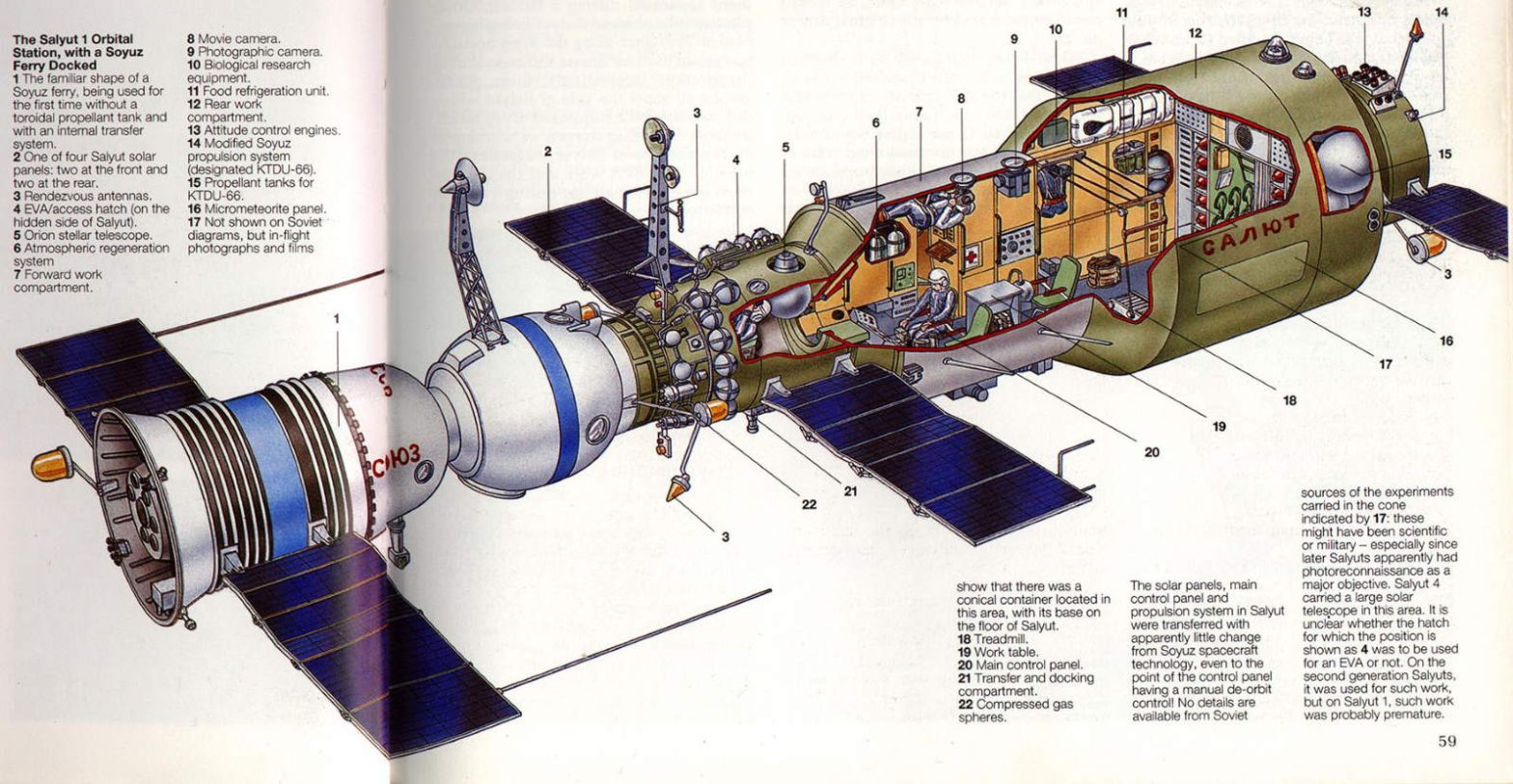

On April 19, 1971, the world’s first space station, Salyut 1 (DOS-1, also referred to in documents as “Product 17K” or No. 121) was launched into space by the Soviet Union.
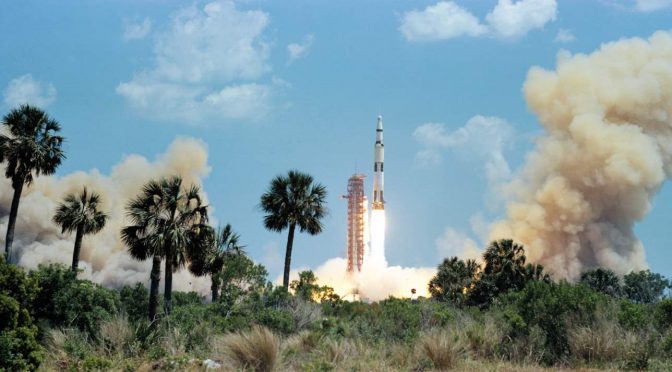
On April 16, 1972, the huge, 363-feet (110.6 meters) tall Apollo 16 (Spacecraft 113/Lunar Module 11/Saturn V SA-511, see notes 1) space vehicle was launched from Pad A, Launch Complex 39, Kennedy Space Center, Florida, at 12:54 p.m. EST. Crewed by Commander John W. Young, Lunar Module Pilot Charles Duke (see notes 2), and Command Module Pilot Ken Mattingly (see notes 3), it was the tenth crewed mission in the United States Apollo space program, the fifth and penultimate to land on the Moon and the first to land in the lunar highlands.

On April 14, 1932, the English physicist Sir John Douglas Cockcroft and the Irish physicist Ernest Walton split the atom for the first time using the nuclear particle accelerator they built, also the first particle accelerator in history. Cockcroft and Walton won the 1951 Nobel Prize in Physics for their “work on the transmutation of the atomic nuclei by artificially accelerated atomic particles”, popularly known as splitting the atom.
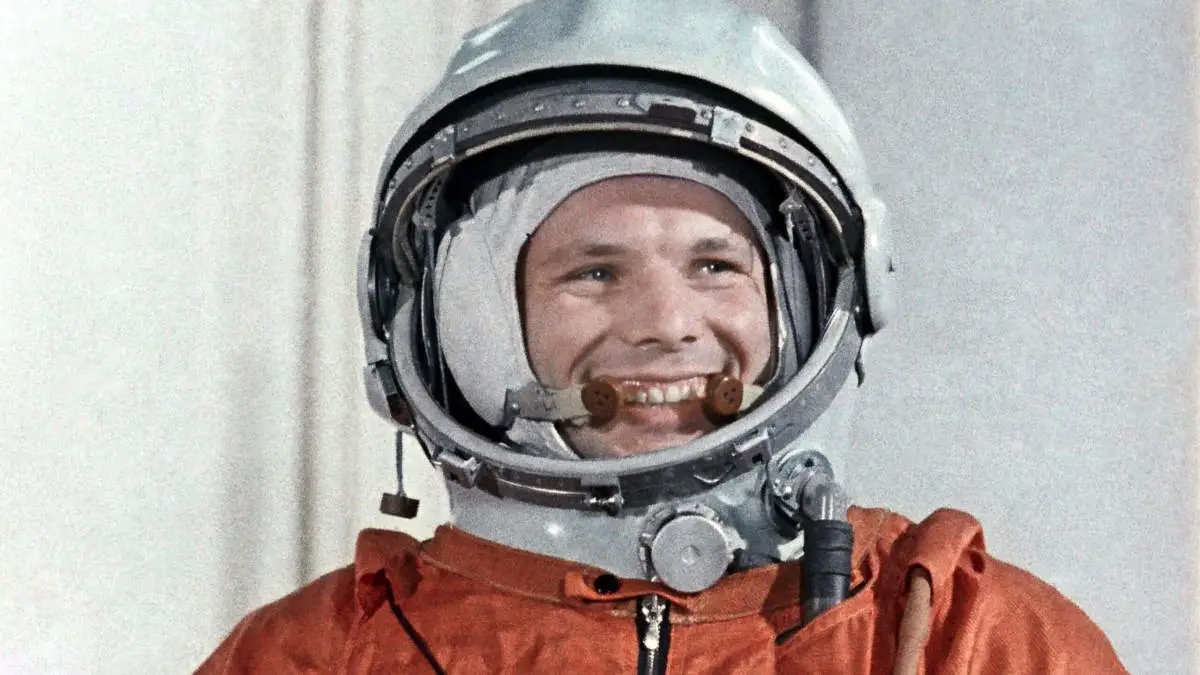
On April 12, 1961, Soviet cosmonaut Yuri Gagarin became the first human to fly into space. His vehicle, Vostok 1 circled Earth at a speed of 27,400 km/h (17,025 mph) with the flight lasting 108 minutes. Vostok’s reentry was controlled by a computer, and Gagarin wasn’t controlling the spacecraft, unlike the early U.S. human spaceflight programs. Instead, at about 7,000 meters (23,000 ft), he ejected from the descending capsule ejected from the spacecraft and landed by parachute.
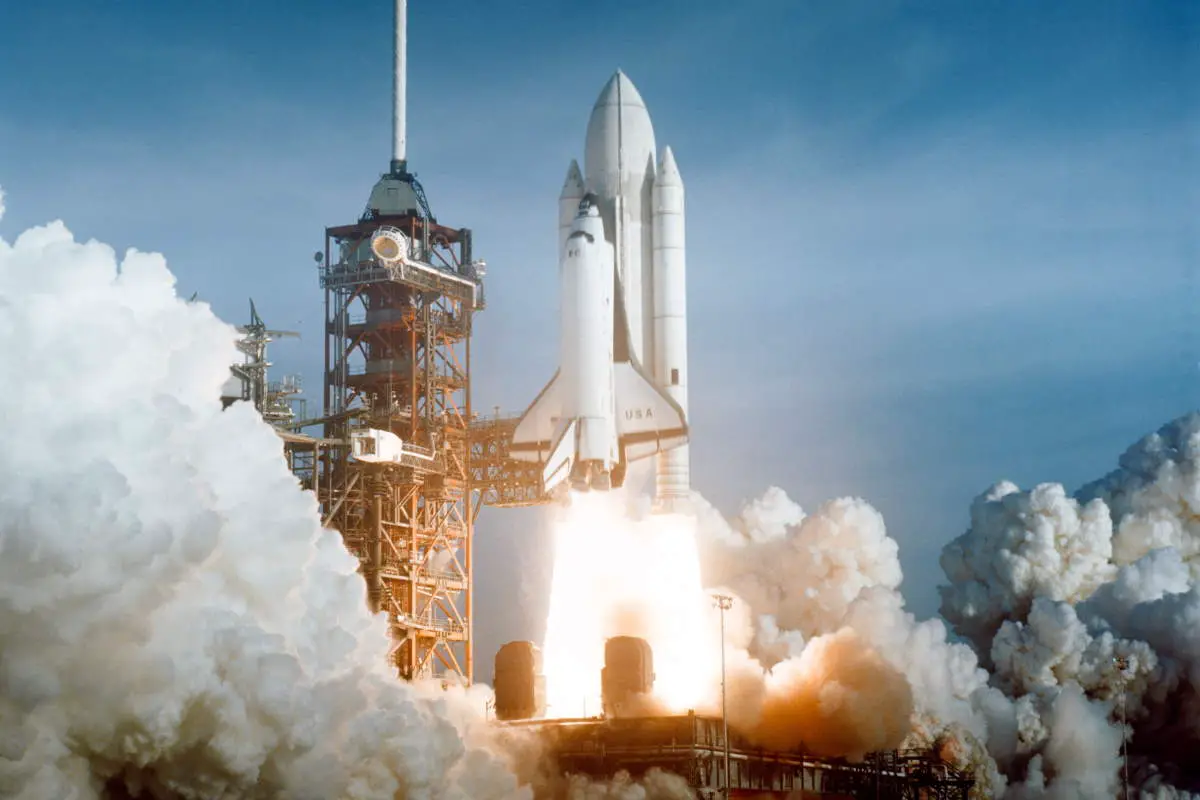
On April 12, 1981, NASA launched the first Space Shuttle mission, STS-1 (Space Transportation System-1), into space. The first reusable orbiter, Space Shuttle Columbia orbited Earth 37 times on its maiden voyage and returned on April 14, 1981, 54.5 hours later its launch.

On April 11, 1986, with about 63 million kilometers (39 million miles), Halley’s Comet made its closest approach to Earth on its outbound journey (while moving away from the Sun).
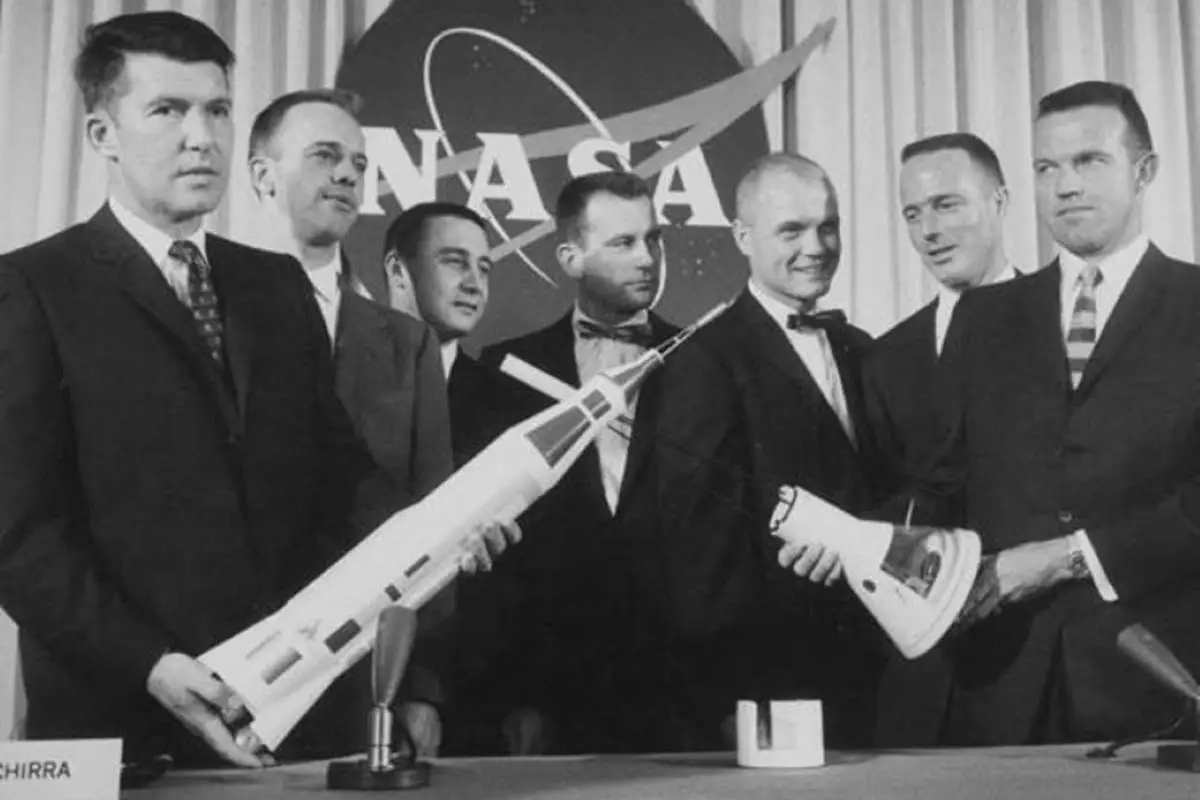
On April 9, 1959, NASA introduced the Original Seven Mercury astronauts to the public, who are commonly known as the “Mercury Seven”. With Project Mercury, the United States gained its first experience in conducting human space missions that provided scientific and engineering knowledge for astronauts in space.

Organic semiconductors form the cornerstone of modern technologies, powering the screens we use in many of our digital devices. On top of this, they are also key materials in organic solar cells and medical biosensing devices, amongst other innovative applications. Dr. Seyhan Salman and her colleagues at Clark Atlanta University have been investigating organic semiconductors using advanced computational methods. Through this, her team hopes to pave the way to developing even more impressive technologies, which will benefit society in myriad ways.
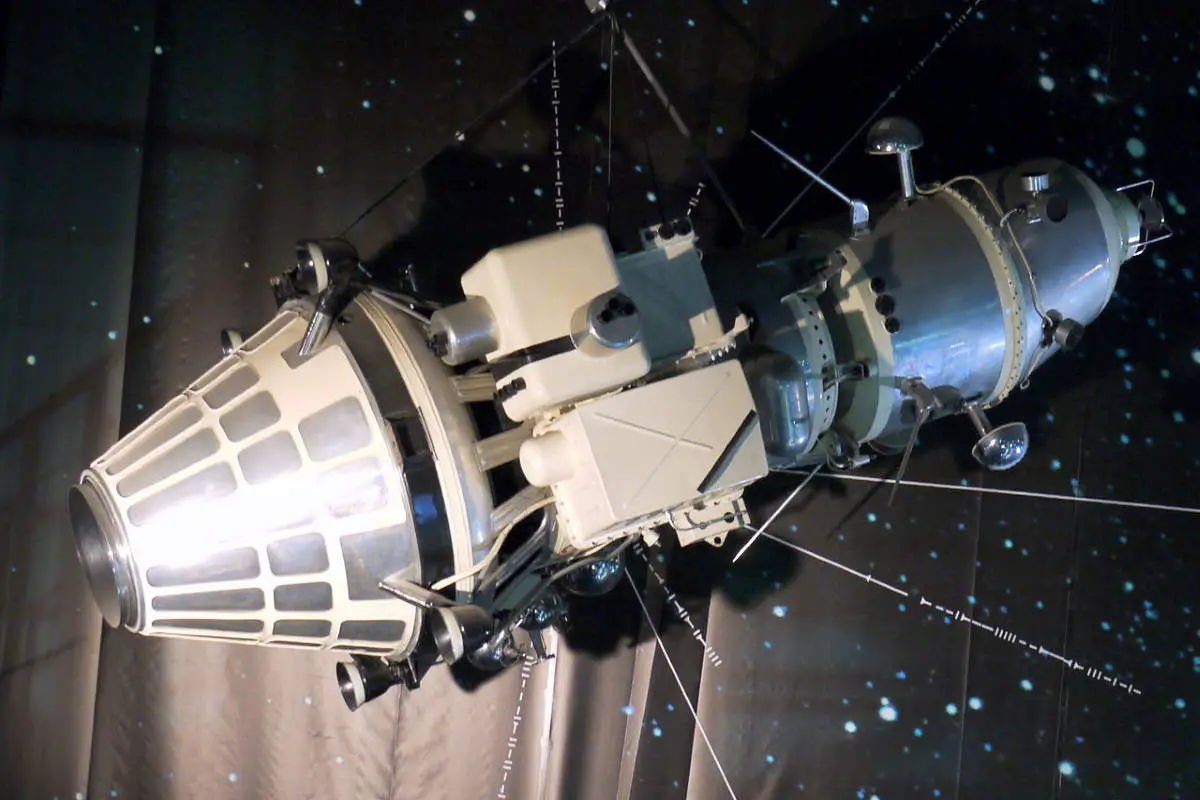
On April 3, 1966, Luna 10, a 1966 lunar robotic spacecraft in Soviet Union’s Luna Program (see notes 1) became the first artificial satellite to orbit another world the Moon.
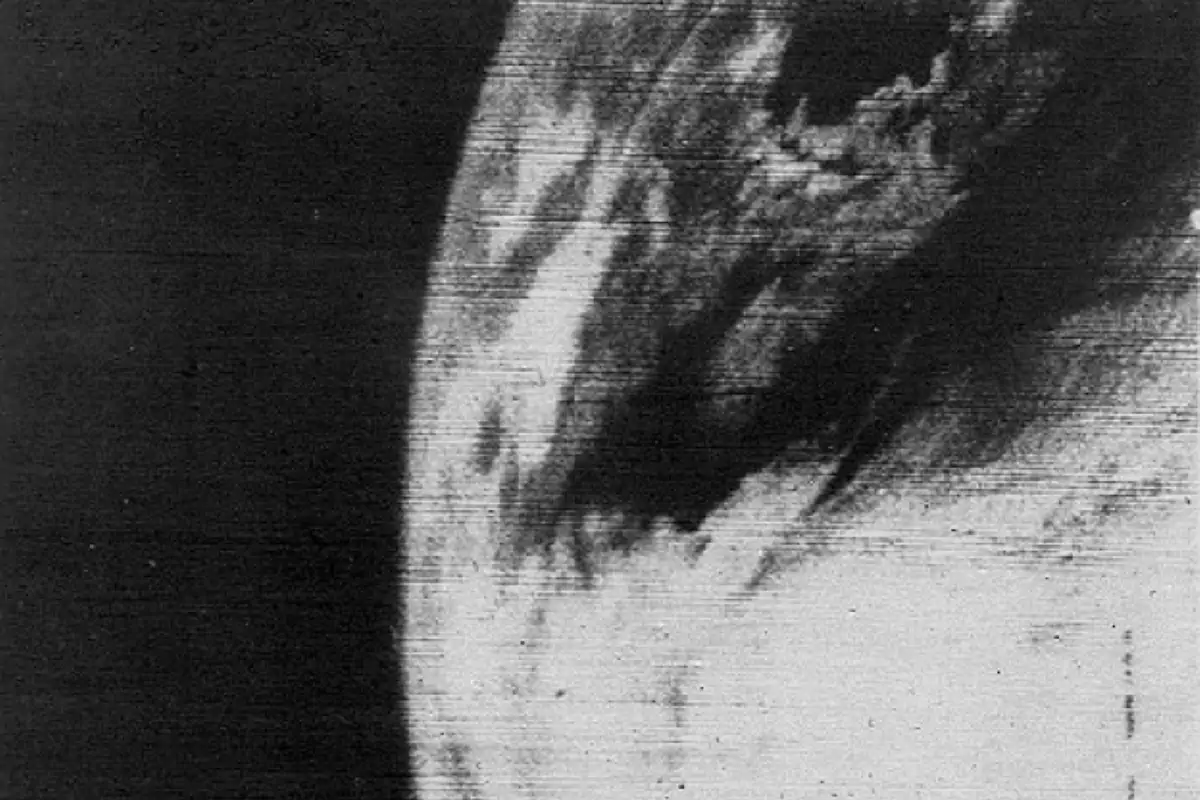
On April 1, 1960, NASA’s TIROS-1 (Television Infrared Observation Satellites-1), the first weather satellite was launched from Cape Kennedy and captured the first television picture of Earth from space.